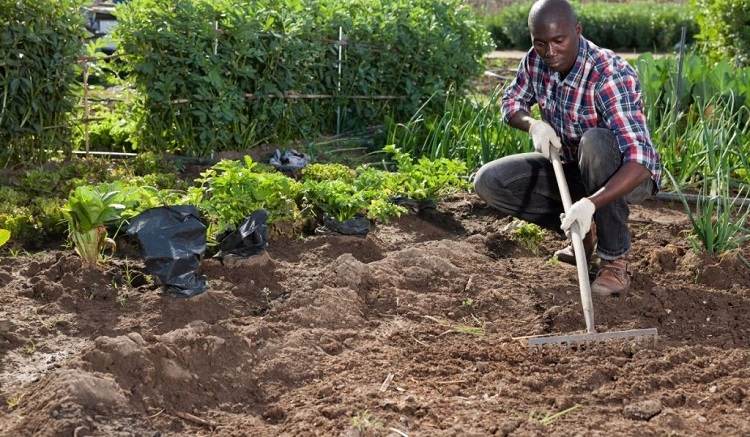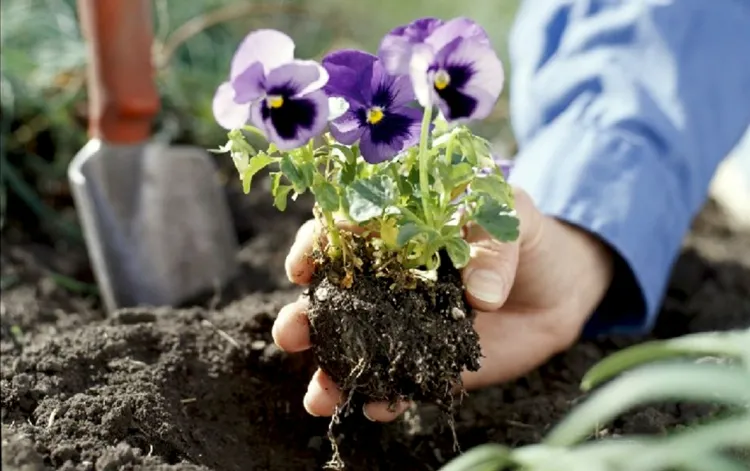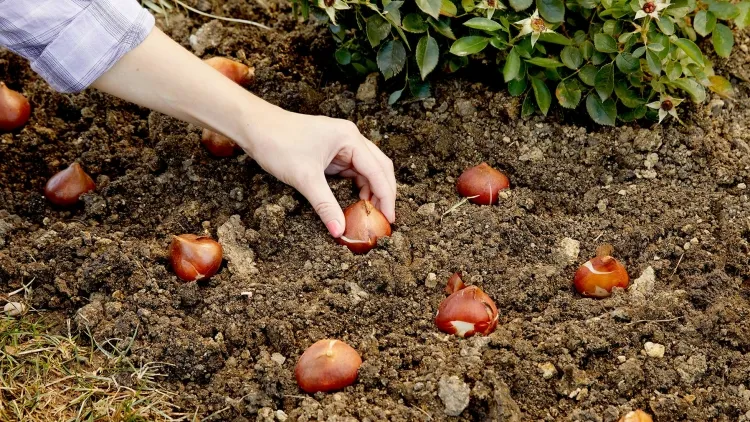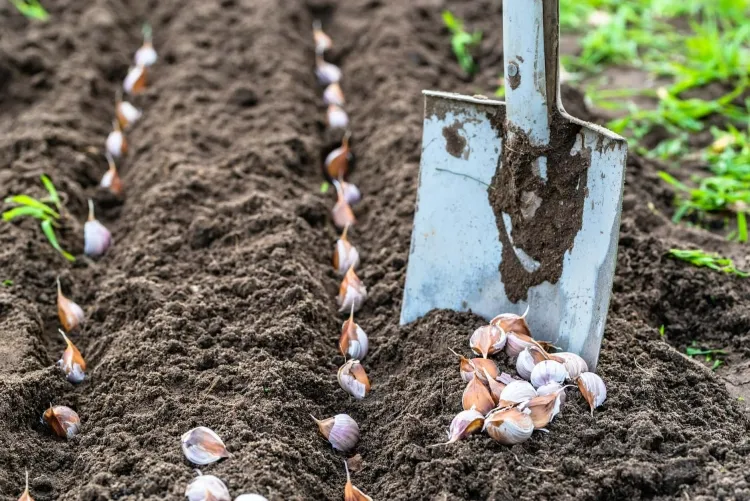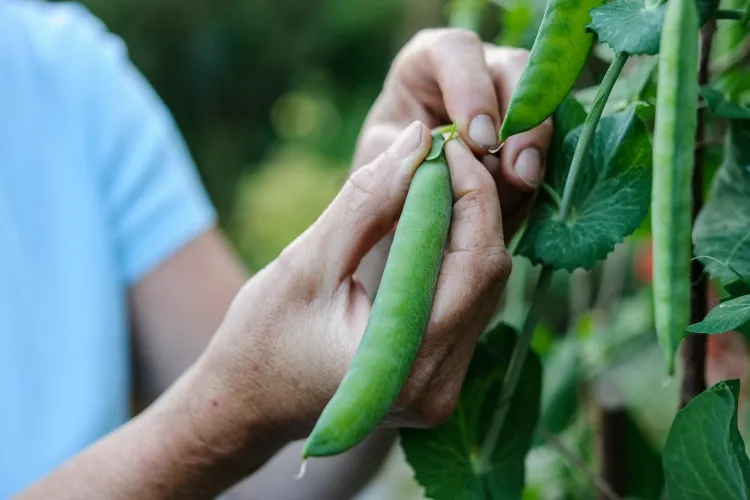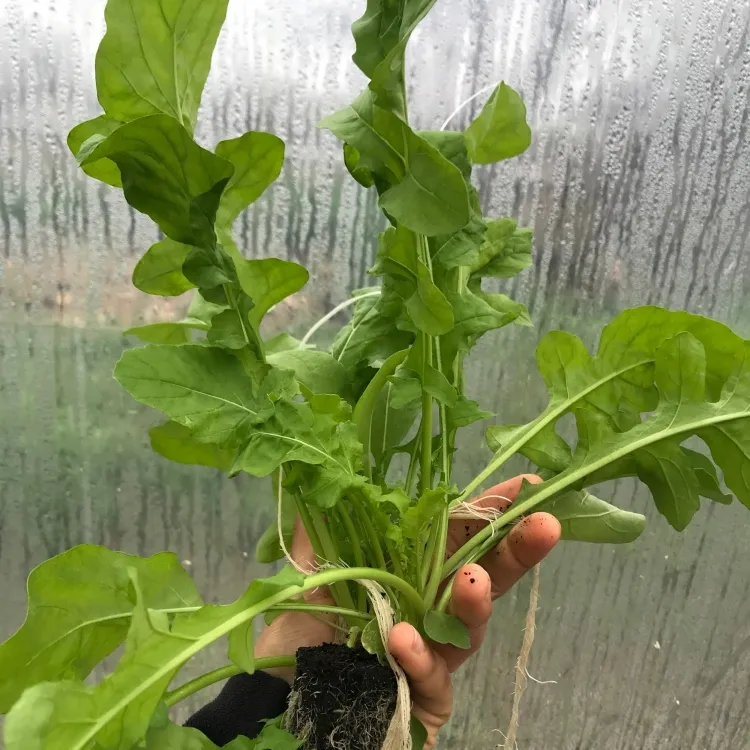One, two, three, October is here! Surely you haven’t brought in the tools, because there’s still plenty to do in the vegetable garden. A fan of plant rotation, you have already planned crops and planting areas. Although fall is not the peak growing season, there are still plenty of opportunities. What to plant in October in the garden or in containers?
What to plant in October? What factors to consider at this time of year?
Your experience over the years has proven to you that the vegetable garden must be maintained even after the harvest. You must naturally enrich the soil with compost. Loosening the land dedicated to planting is an important factor before any other activity. Another condition to consider before deciding what to plant in October is the climatic zone. The elements of the climate are those which condition the behavior of crops. After having experienced a period of severe drought, one must take into account the rate of precipitation in his region. Greenhouse growers may say that a plant’s growth is not threatened if it is sheltered. However, it is the soil temperature that stimulates or retards development. What to plant in October to avoid losses?
Why plant in October?
This transition period can be favorable to some crops, because the sun’s rays are not so scorching, the earth still retains a consistent heat, and the humidity is stimulating after the last rain. Having a water collector is a good idea to deal with a longer period of lack of water.
When it comes to planting flowers, October is the perfect time if you want a garden bursting with color in the spring. How about an early flowering shrub or bulbous, perennials and annuals!
What profit can we get if we plant in October?
For a long time, we have witnessed Indian summers which prove to be an extension of the beautiful season. This allows an accumulation and relevant “storage” of heat favorable to the crops chosen for wintering. If you start planting now, you will enjoy an early flowering of shrubs, for example, and you will avoid the risk of failed rooting due to lack of water.
Moreover, by planting in October/November, you make an ecological gesture towards the planet: you will use the seasonal rains without resorting to reserves.
Among the perennials that will be happy to “populate” your garden with the good owner that you are: daisies, pansies, Japanese anemones, fuchsias, hellebores and other beauties.
And for the good recovery of your natural flowering hedges, we offer ornamental shrubs such as hydrangea, Indian lilac, mimosa, etc.
Either for a splash of color or to make a fresh salad with earthy greens, whatever you decide to grow in October, read our list of planting tips.
When to plant garlic, onion, watercress, lettuce, broad bean and other green vegetables?
Growing conditions can vary widely across the country, and even within a region. If you’re new to growing and aren’t sure what to do, try asking other nearby vegetable growers. And let the weather and ground conditions guide you.
- Buy garlic for planting in October or early November for late winter and early spring planting.
- Most fall onions can be planted now.
- Watercress is very hardy, surviving even the harshest winters. Plant now to provide a supply of salad or stir-fry leaves through the fall and winter.
- Winter lettuce is also a hardy variety which, after overwintering, obtains a soft texture and an essential flavor for a spring harvest.
- Another winter salad that is very hardy and also good for self-seeding is purslane, which produces small succulent leaves with a sweet taste. It should be planted in a greenhouse or an unheated polytunnel.
- Towards the end of the month, there are conditions for planting broad bean which in May will be an excellent addition to the lamb.
- Peas should be grown during the cooler months. For warmer regions, the best time is when the ground cools. Plant the seeds 2 or 5 cm deep in the ground and 5 cm apart. Besides the arrangement of peas, make sure to grow them in full sun, as heat is a condition for a sweeter taste.
- Depending on where in region you live, you should ideally plant kale six to eight weeks before the first fall frost. When it reaches the size of your hand, it’s time to harvest.
- If you live in a warmer region, you can plant arugula in October and see young leaves six to eight weeks later. Harvest when the leaves are younger.
- Growing shallots do best in warmer regions when planting in the fall, as they prefer soil temperatures of 2-32°C. At planting time, their bulbs are placed in the ground (the thickest part pointing down) with the top just above the soil line. Three months past, their tops begin to turn brown. It is a sign that it is time to harvest.

